The Focolare presence in the Holy Land goes back to the early 70’s. Its work and mission cover a variety of areas:
- spiritual formation of local Christians;
- promoting ecumenical initiatives and participating in ecumenical activities organized by the various Churches present;
- furthering the meeting and dialogue among individuals and groups of Christians, Jews and Muslims;
- welcoming of pilgrims.
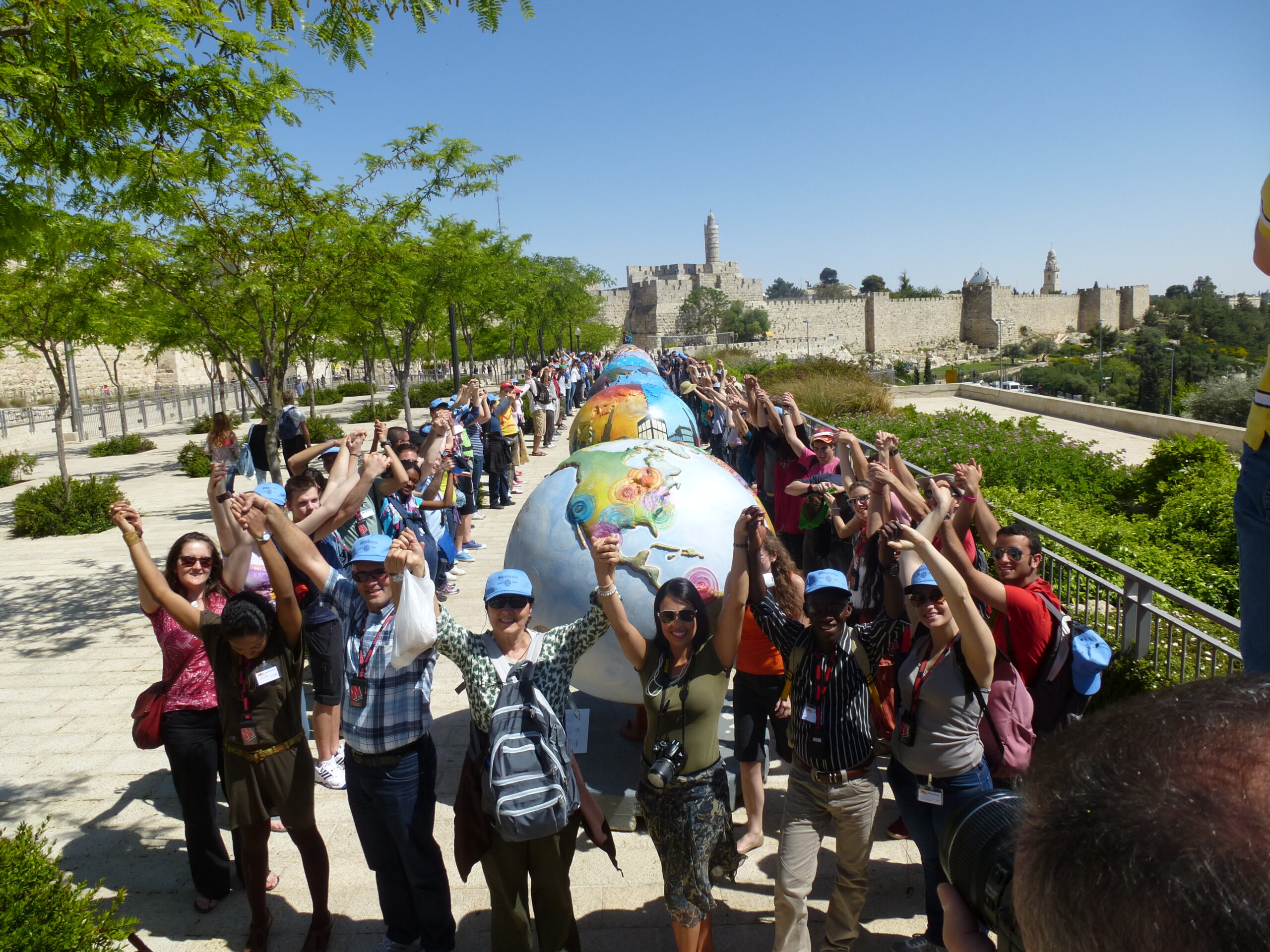
Some dates:
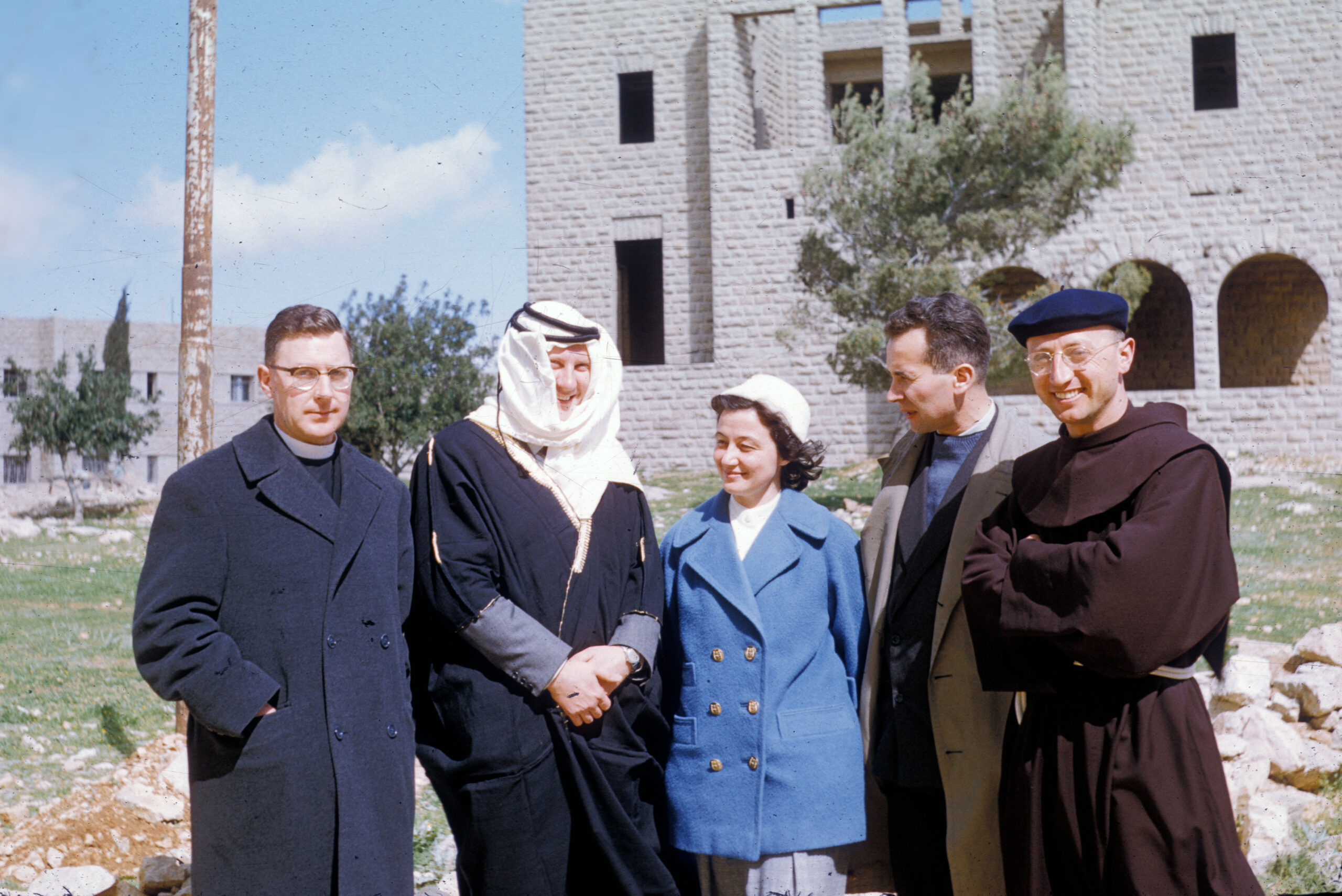
March 1956: Chiara Lubich came only once to the Holy Land. She was accompanied by several members of the Focolare as well as by several men religious. The reason for her journey was to visit Fr. Andrea Balbo, an Italian Franciscan, who had been close to the spirit of the Focolare for some years. Her stay in Palestine lasted seven days.
While visiting the Church of St. Peter in Gallicantu in Jerusalem, Chiara saw the remains of a stone stairway from Roman times. She was told that, according to a tradition, Jesus walked down those steps after the Last Supper on his way to Gethsemane and that, there, he prayed to the Father “may they all be one” (Jn 17:21). Chiara later recounted, “I remember there, at the stone steps, I felt a burning desire in my heart. There was a little grassy area nearby: to build a focolare, to bring people there who, for as long as they lived, would consecrate their lives to keeping Jesus in their midst, so that He might still be there, spiritually present, as He once was physically.” (Grottaferrata, July 25, 1960)
Early 1970s: Fr. Armando Bortolaso, a Salesian who had met the Focolare in Belgium, was teaching at the “Don Bosco” School in Nazareth. Around him several young people welcomed the spirit of the Focolare, forming a group that gradually grew. Fr. Armando later became Bishop of Aleppo, Syria. He died on January 8, 2019.
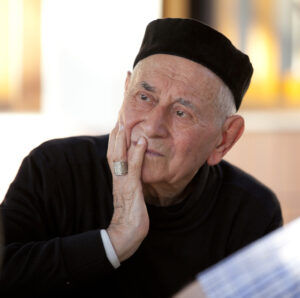
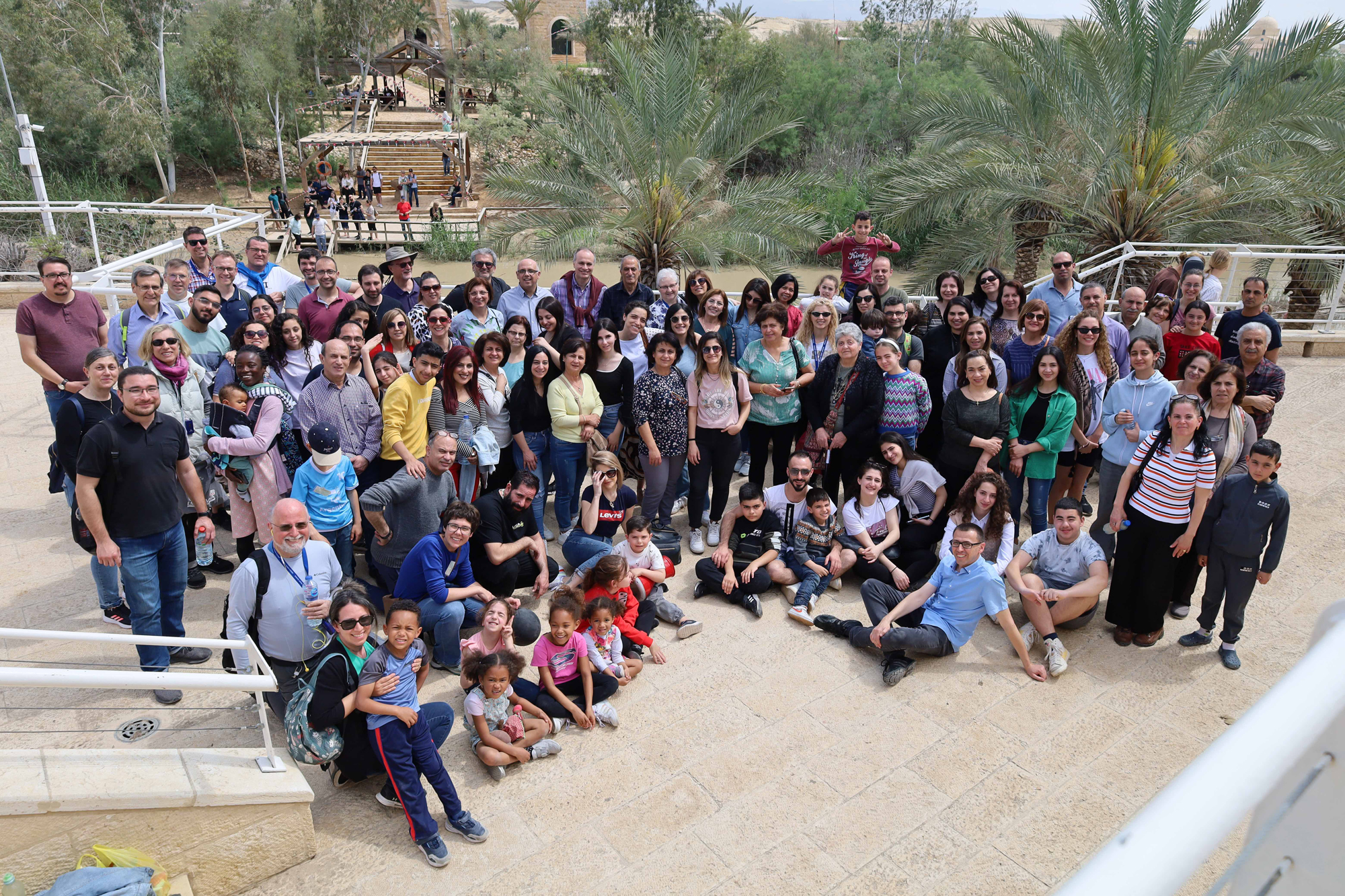
1974: During Easter Week, the first Mariapolis was held in Nazareth. Mariapolis means “city of Mary” – referring to the Mother of Jesus – and it is Focolare’s annual gathering where people of all ages, together, go in depth and live the Focolare spirituality. Present were about a hundred participants of various rites and churches.
Since then Mariapolis and other similar meetings have been held to date in various locations in the Holy Land.
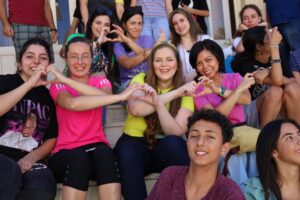
1977: Chiara Lubich received the Templeton Prize for Progress in Religion in London. Among the many people gathered on that occasion, those struck by her universal message included the faithful of other religions. That event made Chiara understand that the time had come to open a Focolare house in Jerusalem. In November of the same year, two women focolarine, Miriam Girardi and Rösli Imfeld, left the port of Venice for the Holy Land. The spirit of the Focolare initially spread among the Christian Arab population.
Currently the Focolare in present both in Israel and Palestine, and some hundreds of people – adults, youth, children, in different forms of commitment – are in touch with its spirituality: mostly Christians, but also Jews and Muslims.
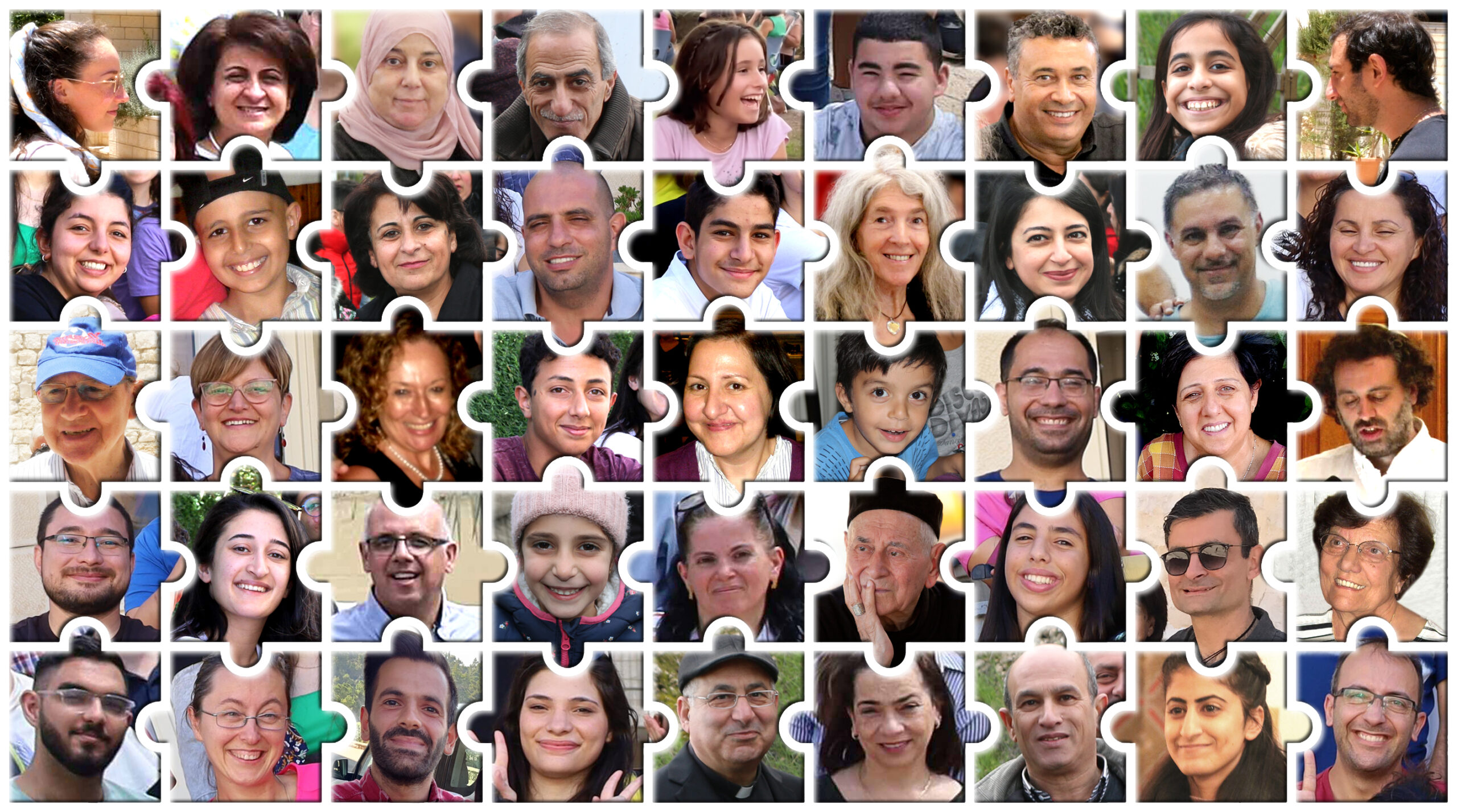
1980s: The Focolare was offered the opportunity to acquire a piece of land adjacent to Gallicantu, and the idea of building a center there gradually took shape. Chiara gave four basic guidelines for the center: spirituality, study, dialogue and formation (see the International Center for Unity and Peace page).
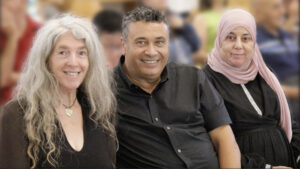
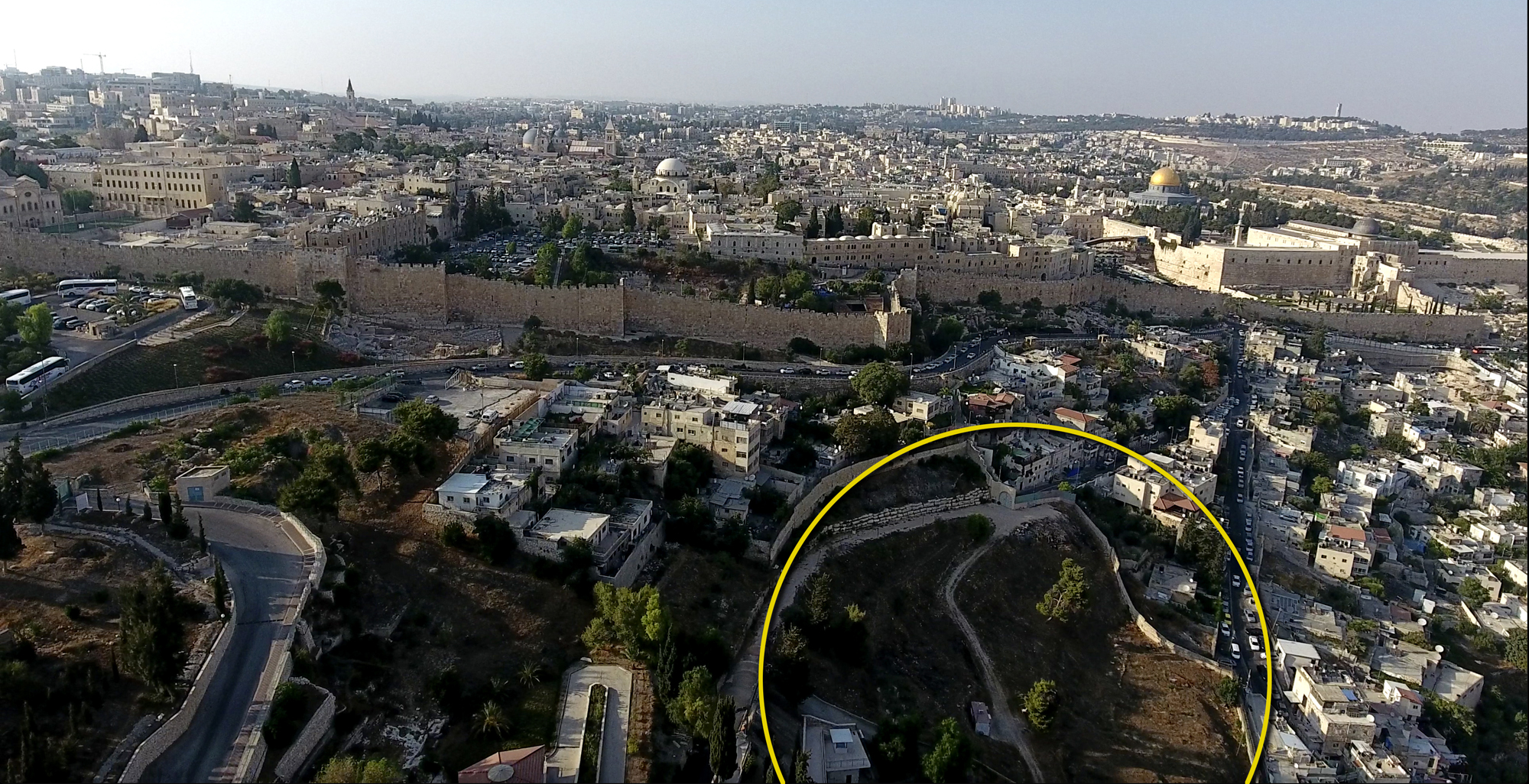
2011 and 2019: Maria Voce (Emmaus), the first President of the Focolare Movement after Chiara Lubich, visited the Holy Land on two occasions during her mandate.
In February 2019 she buried a medal in the ground where the future International Center for Unity and Peace will be built.
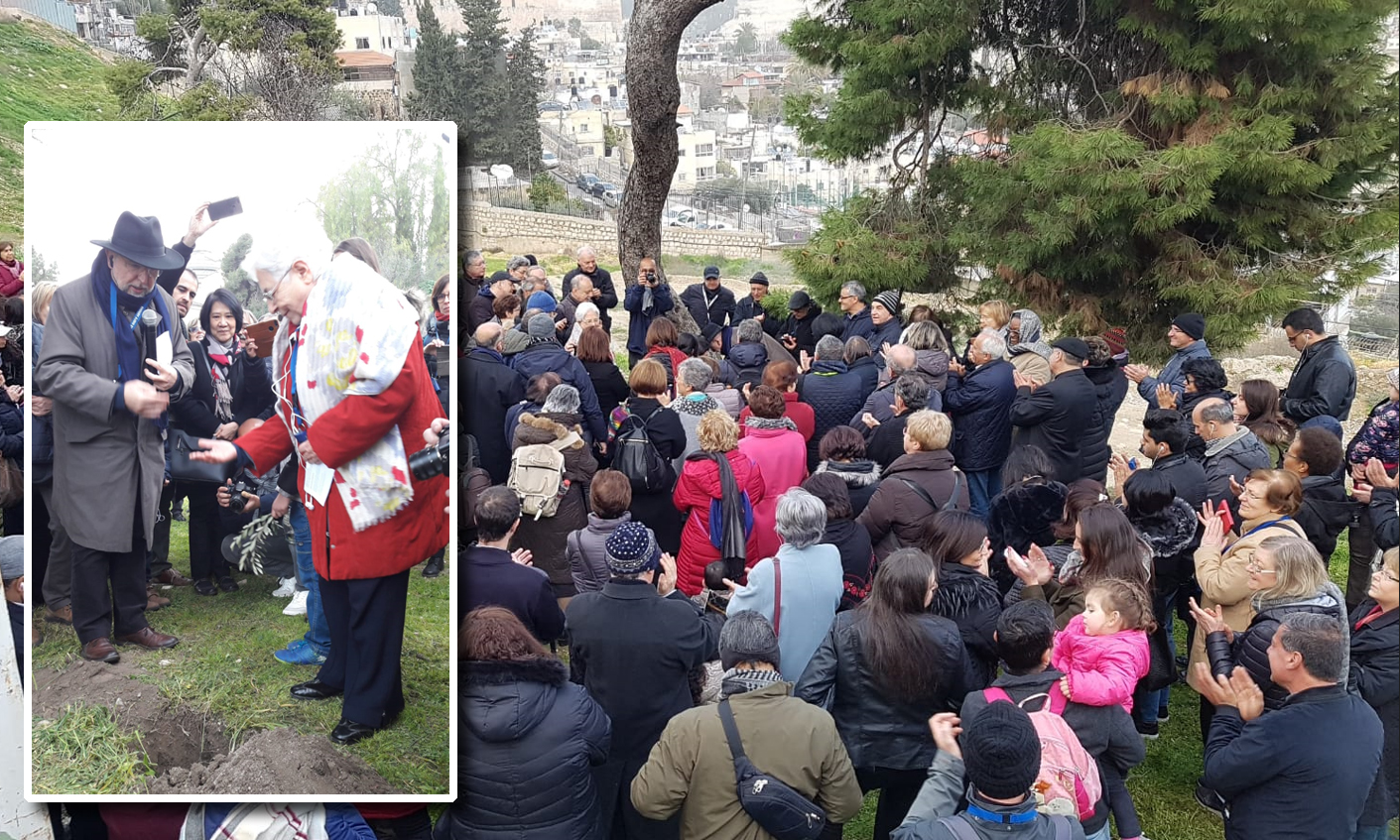
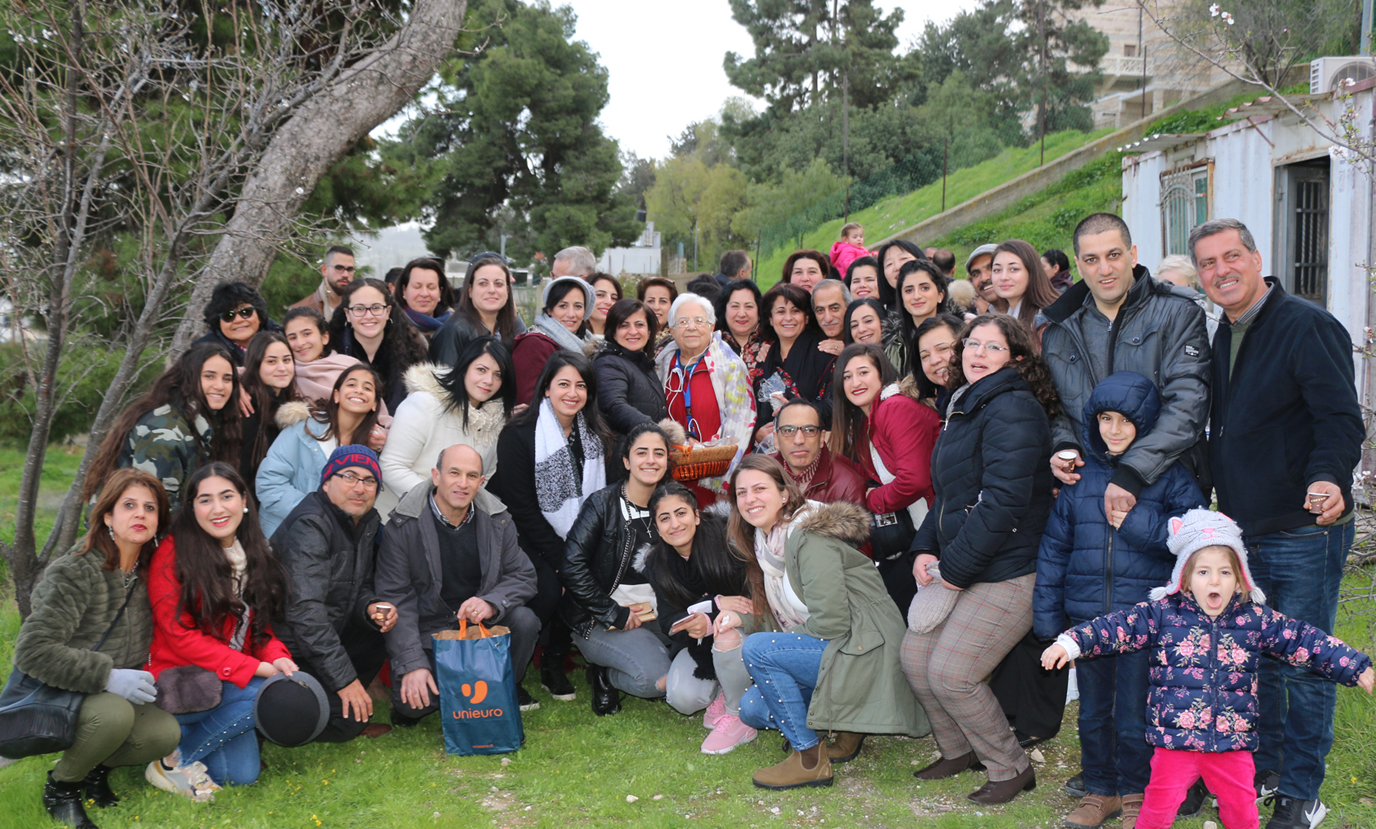
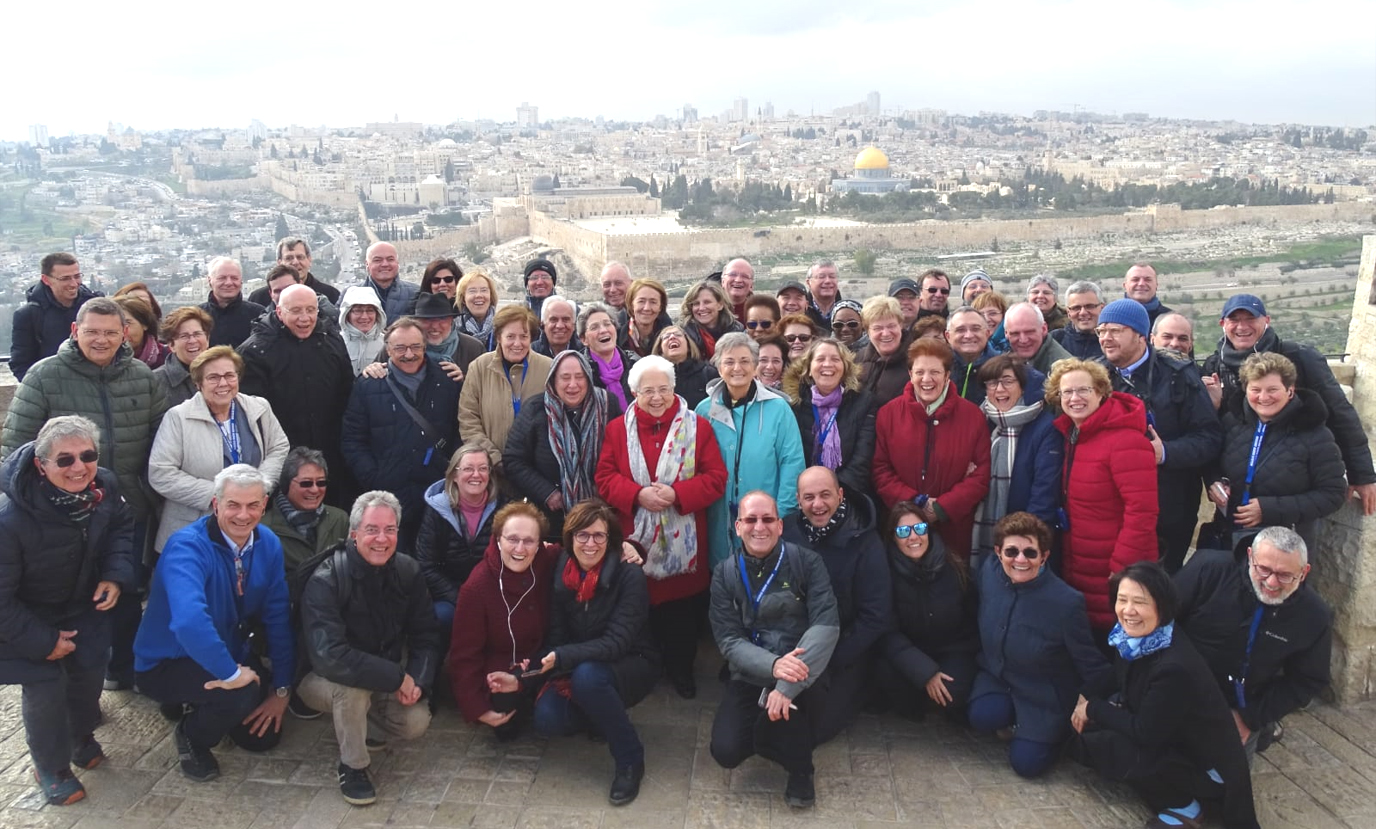
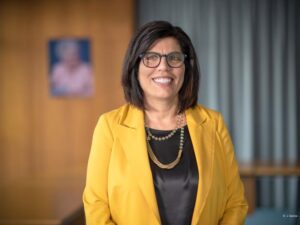
January 2021: Margaret Karram, Arab Catholic from Haifa, is elected President of the Focolare Movement.
See also in ‘Our Stories‘, and in ‘focolare.org‘.

